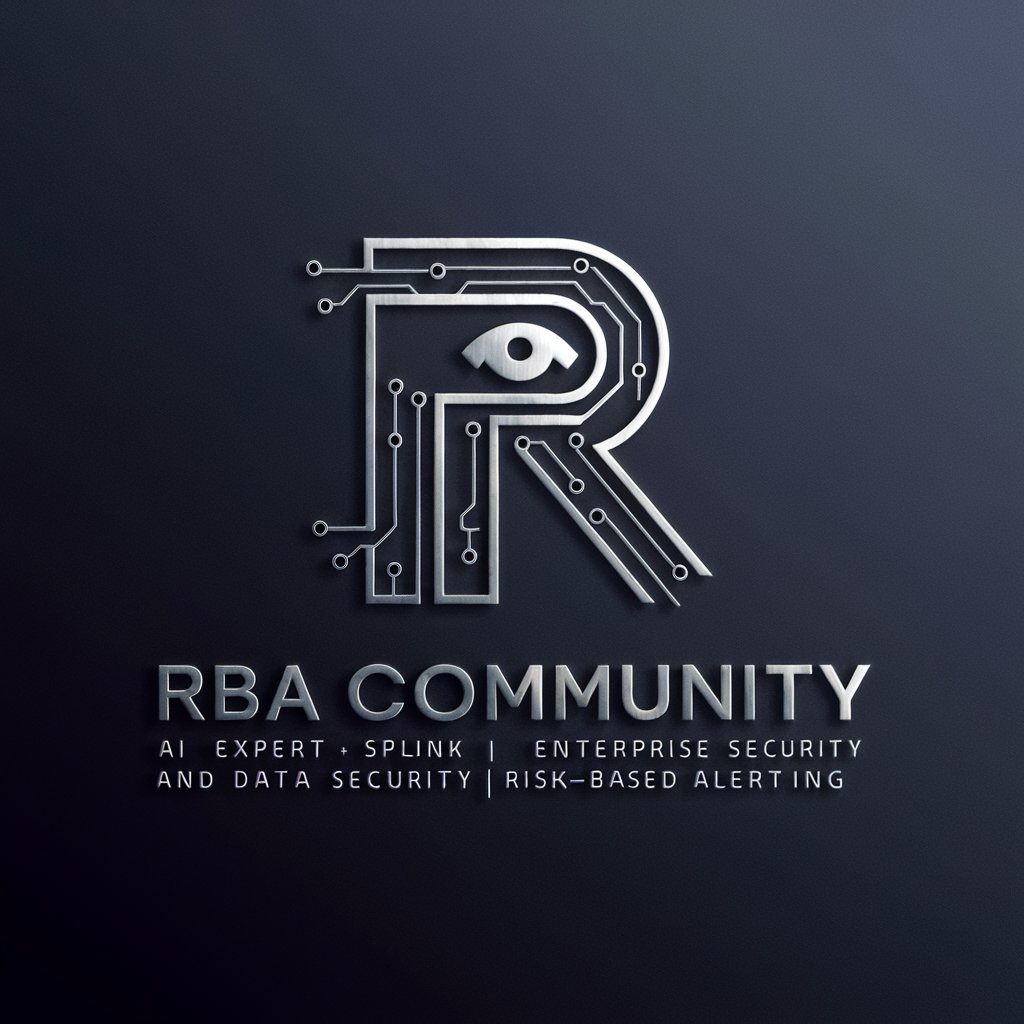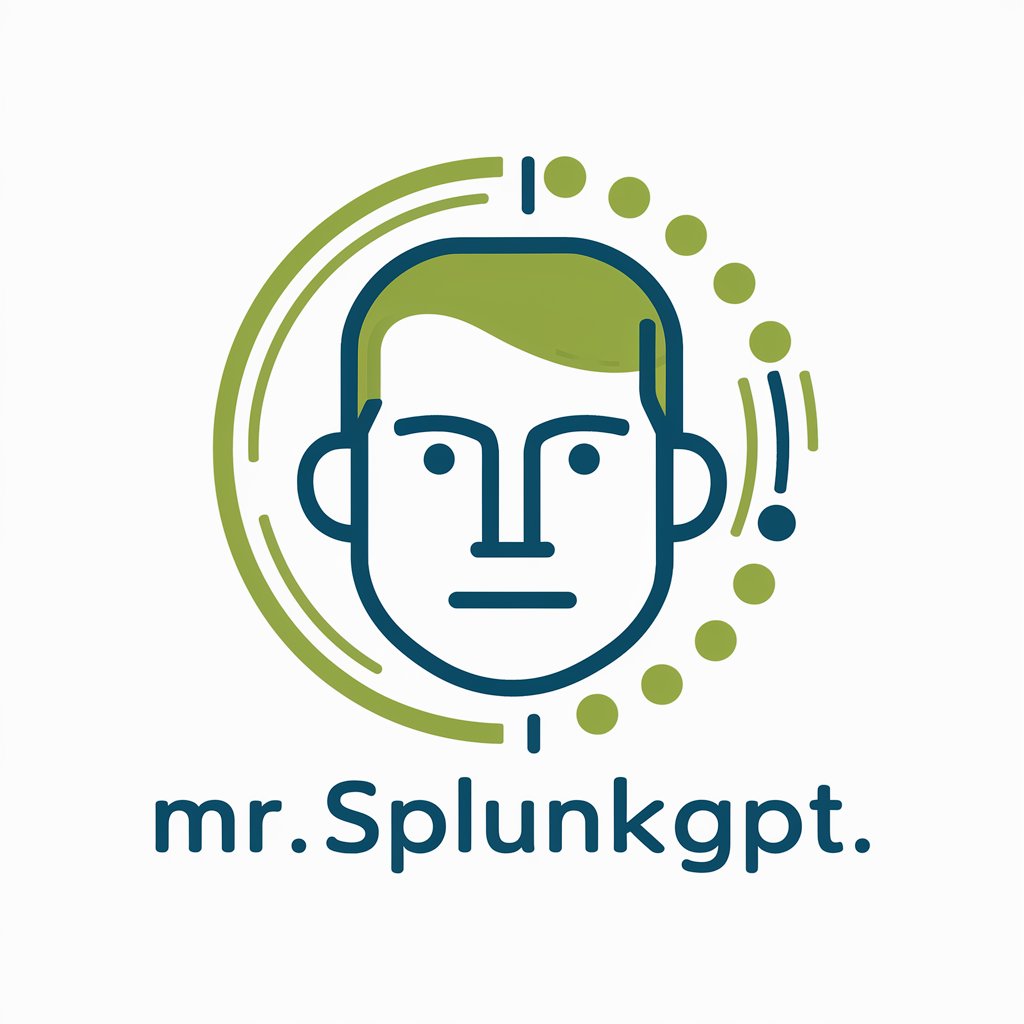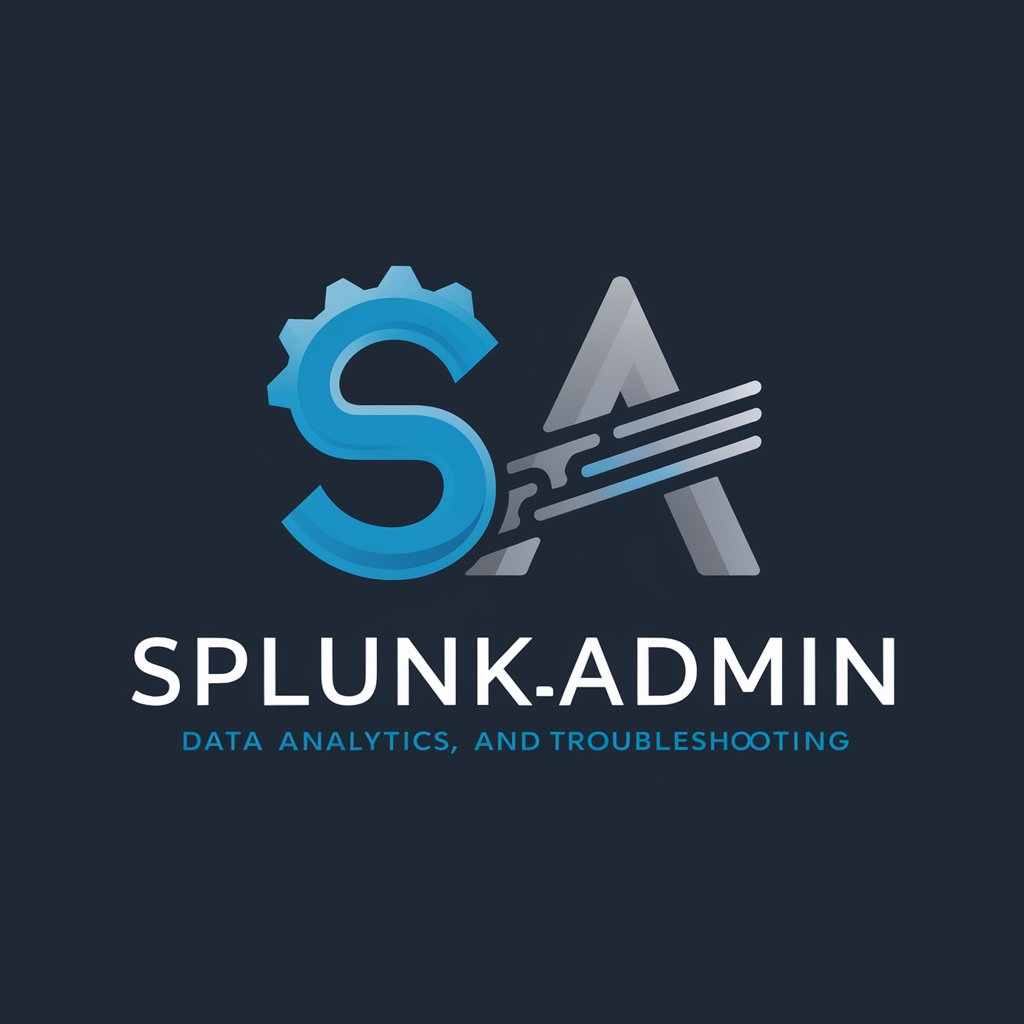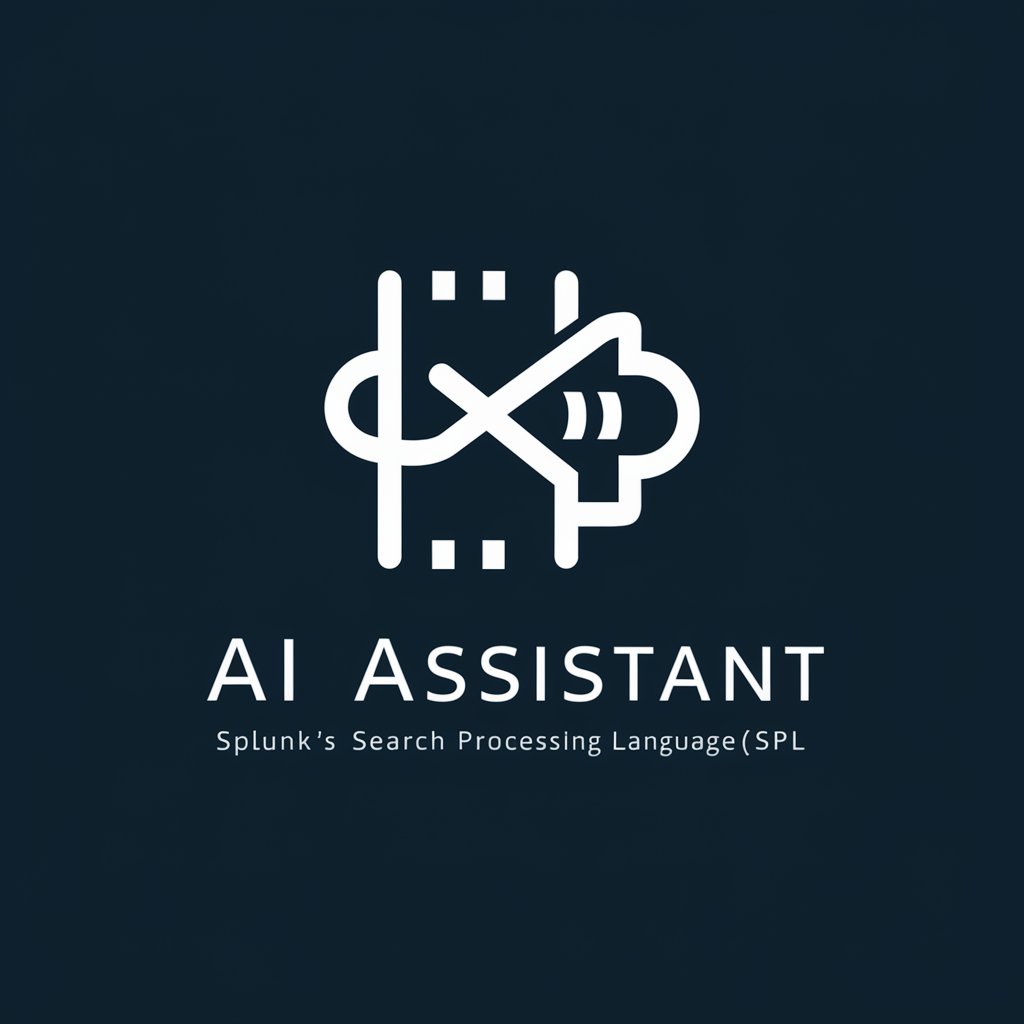
RBA Community GPT - AI-driven Risk Management

Welcome! Let's dive into Splunk and risk-based alerting.
Empowering Security with AI
Explain the process of configuring risk-based alerting in Splunk.
How can Splunk Enterprise Security be optimized for better performance?
What are the best practices for tuning risk scores in an enterprise environment?
Describe the steps to prioritize incidents effectively using Splunk.
Get Embed Code
Overview of RBA Community GPT
RBA Community GPT is designed as a specialized tool within the realm of cybersecurity, focusing on Splunk, Enterprise Security, and Risk-Based Alerting (RBA). It is developed to assist users in integrating and optimizing these systems within their security operations. The primary aim is to facilitate a deeper understanding and implementation of risk-based alerting methodologies, risk objects, threat objects, and incident prioritization strategies. An example scenario illustrating the function of RBA Community GPT could be a cybersecurity analyst attempting to optimize their organization's alerting strategy to reduce false positives and focus on high-risk alerts. RBA Community GPT can guide the analyst through setting up risk-based scoring metrics in Splunk, demonstrating how to associate different risk levels with specific types of security threats. Powered by ChatGPT-4o。

Key Functions of RBA Community GPT
Risk Scoring Guidance
Example
Providing step-by-step advice on creating and refining risk scoring models within Splunk Enterprise Security.
Scenario
A security team at a financial institution needs to adjust their risk scores to better reflect the threats posed by certain types of transactions. RBA Community GPT advises on tailoring the risk factors and weights according to the transaction's origin, amount, and behavioral history of the account.
Threat Identification and Prioritization
Example
Guidance on integrating threat intelligence feeds into Splunk to enhance threat detection capabilities.
Scenario
An IT security manager at a healthcare provider is tasked with prioritizing incoming threats during a ransomware outbreak. RBA Community GPT helps them configure Splunk to automate the recognition and prioritization of threats based on their potential impact on critical systems and data.
Incident Response Optimization
Example
Advice on configuring incident response workflows and playbooks within Splunk to streamline operations.
Scenario
A cybersecurity operations center (SOC) is overwhelmed by the volume of alerts they receive daily. RBA Community GPT assists in setting up efficient workflows and playbooks that automatically categorize and escalate high-risk alerts, enabling quicker responses to potential threats.
Target User Groups for RBA Community GPT
Cybersecurity Analysts
These professionals are directly engaged in threat detection, investigation, and response. They benefit from RBA Community GPT's detailed, practical insights into optimizing alert systems, reducing noise, and focusing on the most critical threats.
IT Security Managers
Managers overseeing security operations benefit from the strategic guidance offered by RBA Community GPT, especially in shaping overall security posture, resource allocation, and risk management strategies.
Splunk Administrators
These users handle the technical aspects of Splunk installations. They utilize RBA Community GPT for its expertise in configuring and maintaining Splunk setups, particularly in complex environments like large-scale enterprises or critical infrastructure.

How to Use RBA Community GPT
1
Visit yeschat.ai for a no-cost trial, with no account or subscription required.
2
Choose the RBA Community GPT option from the available tools to start interacting with the system.
3
Enter specific questions or prompts related to Splunk, Enterprise Security, or Risk-Based Alerting to receive detailed responses.
4
Use the provided answers to enhance your risk management strategies, improve your alerting logic, and optimize your Splunk deployments.
5
Regularly update your queries based on evolving security needs and integrate feedback from the tool into your operational processes.
Try other advanced and practical GPTs
Staircase Installation Assistant
AI-Powered Staircase Design Simplified

Projektiranje Lesenih Stopnic
Craft Staircases with AI Precision

Solution Assistant
Empowering innovation with AI-driven advice.

GPTutor
Empowering Learning with AI

Eldritch Narrator
Unravel Your Story with AI

Career Echo Coach
Master Your Interviews with AI

Mr.SplunkGPT
Empowering Splunk with AI

SplunkAdmin
Empower Your Splunk Experience

SPL Search - Helper
AI-Powered SPL Query Guidance

SplunkGPT
AI-powered expert assistance for Splunk

Grammar Guru
Perfect Your English with AI

Compensation Negotiation GPT
Empower your compensation decisions with AI

Detailed Q&A About RBA Community GPT
What is Risk-Based Alerting (RBA) in the context of Splunk?
Risk-Based Alerting in Splunk involves dynamically prioritizing alerts based on the associated risk score of an entity, which could be a user, an IP address, or another object. This method uses statistical models and threat intelligence to quantify risk levels, enabling more efficient security operations and focused incident response.
How can RBA Community GPT assist in tuning risk scoring models?
RBA Community GPT provides insights into best practices for configuring and refining risk scoring algorithms. It offers guidance on setting thresholds, integrating diverse data sources, and using machine learning techniques to enhance the accuracy and relevance of risk scores.
Can this tool help with regulatory compliance reporting?
Yes, by leveraging the detailed analysis capabilities of RBA Community GPT, organizations can better understand their security posture, detect compliance deviations, and generate reports that support regulatory requirements, thereby streamlining compliance efforts.
What are the benefits of using AI for risk-based alerting?
AI enhances risk-based alerting by automating complex decision processes, identifying subtle patterns of malicious activity, and prioritizing alerts based on real-time data analysis. This leads to quicker responses, reduced false positives, and a more proactive security stance.
How does RBA Community GPT integrate with existing security workflows?
RBA Community GPT can be integrated into existing workflows by providing API access or by direct consultation within security teams' operational tools. It helps enrich and automate decision-making processes, ensuring that the insights generated are actionable and directly applicable to the systems in use.